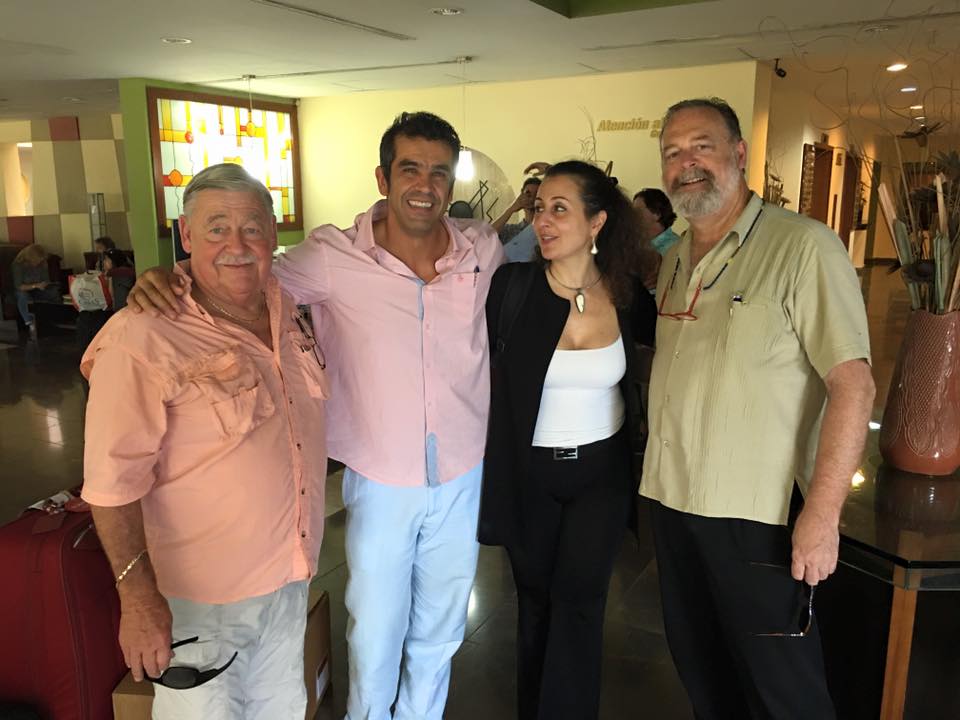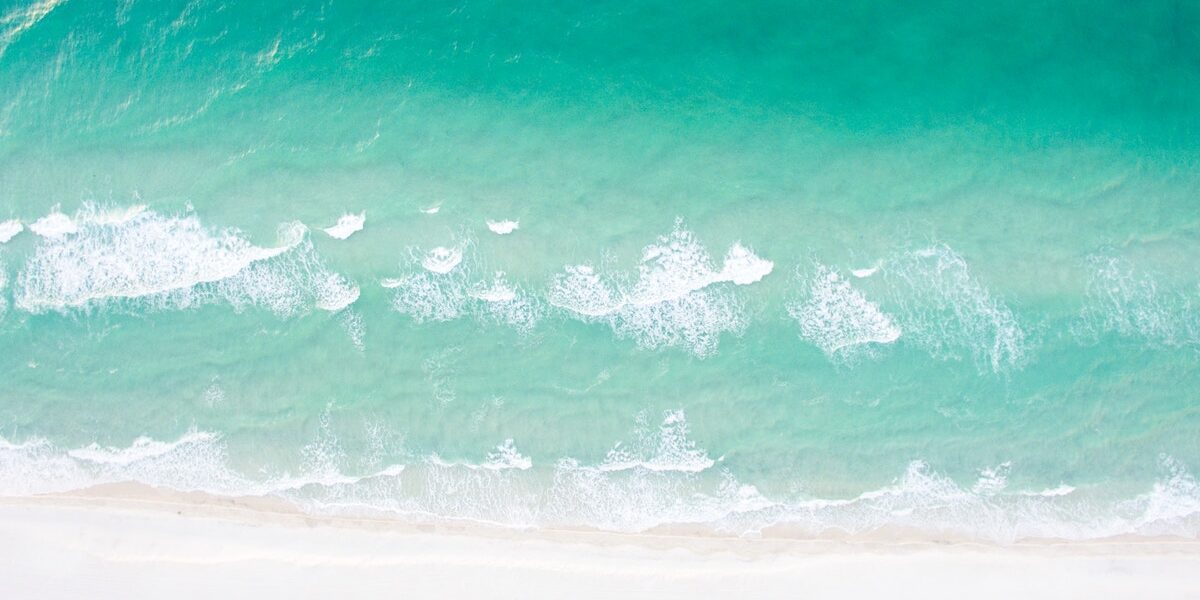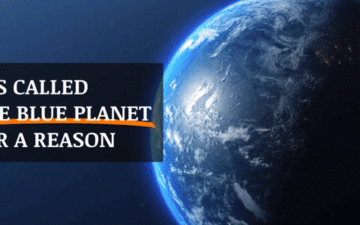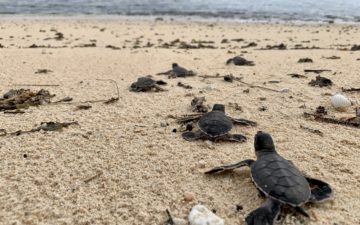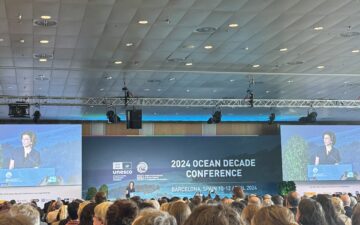FOR THE LOVE OF THE GULF: TRINATIONAL INITIATIVE HOLDS 7TH MEETING
by Mark J. Spalding, President of The Ocean Foundation
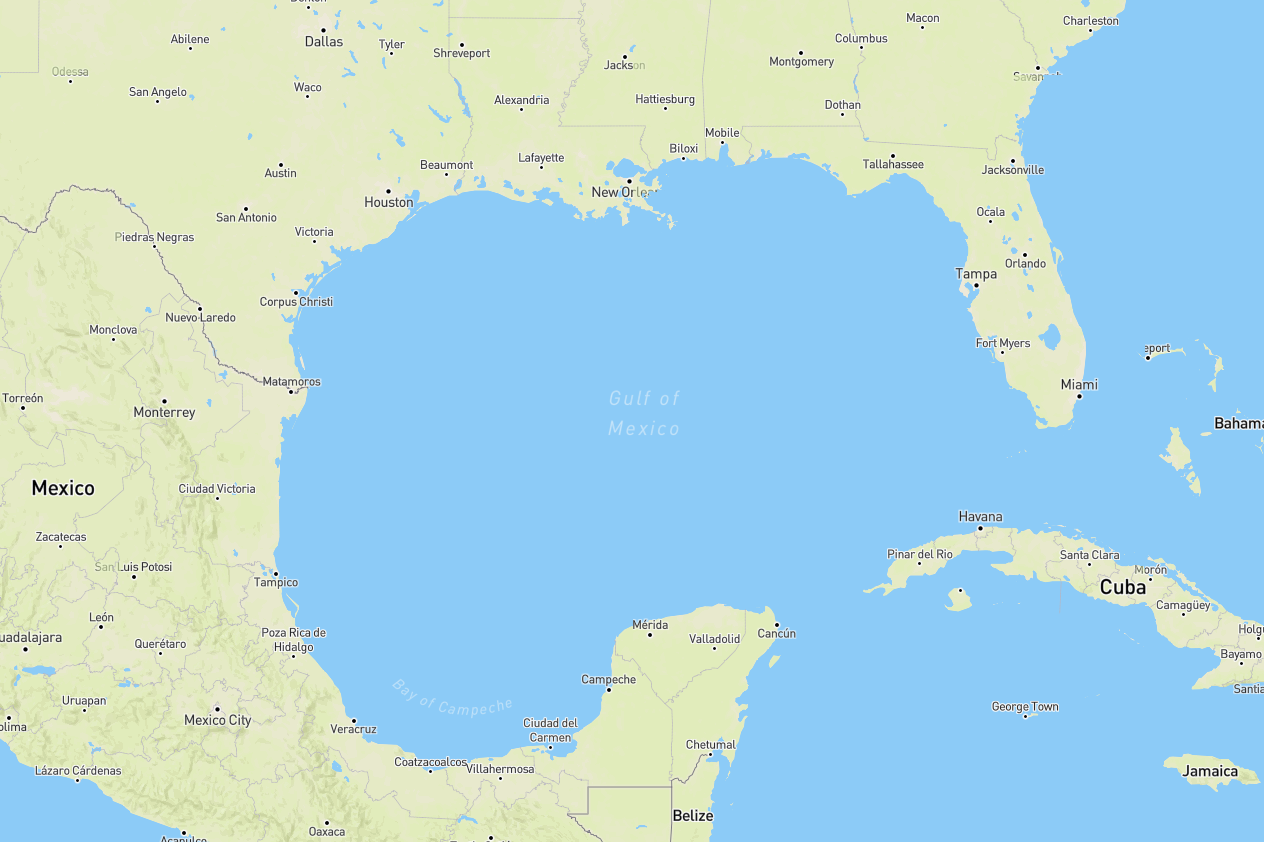 The Gulf of Mexico is a familiar landmark of North America. It measures some 930 miles (1500 km) across and covers an area of about 617,000 square miles (or a little more than twice the size of Texas). The Gulf is bordered by five the United States to the north (Florida, Alabama, Mississippi, Louisiana, Texas), six Mexican states to the west (Quintana Roo, Tamaulipas, Veracruz, Tabasco, Campeche, Yucatan), and the island of Cuba to the southeast. It is home to an array of marine mammals, fish, birds, invertebrates, and habitat types. The three countries who share the Gulf have many reasons to collaborate to ensure that our common heritage is also our common legacy.
The Gulf of Mexico is a familiar landmark of North America. It measures some 930 miles (1500 km) across and covers an area of about 617,000 square miles (or a little more than twice the size of Texas). The Gulf is bordered by five the United States to the north (Florida, Alabama, Mississippi, Louisiana, Texas), six Mexican states to the west (Quintana Roo, Tamaulipas, Veracruz, Tabasco, Campeche, Yucatan), and the island of Cuba to the southeast. It is home to an array of marine mammals, fish, birds, invertebrates, and habitat types. The three countries who share the Gulf have many reasons to collaborate to ensure that our common heritage is also our common legacy.
One important collaborative is the Trinational Initiative of The Ocean Foundation’s Cuba Marine Research and Conservation project. The Initiative’s 7th meeting was held at the National Aquarium in Cuba in mid-November. It was attended by more than 250 government, academic and NGO representatives from Cuba, Mexico and the United States—our largest meeting to date.
The theme of this year’s meeting was “building bridges through marine research and conservation.” The two main focuses of the meeting were the Initiative’s six standing working groups, and the recently announced “sister parks” agreement between the US and Cuba.
Trinational Initiative Plan of Action Working Groups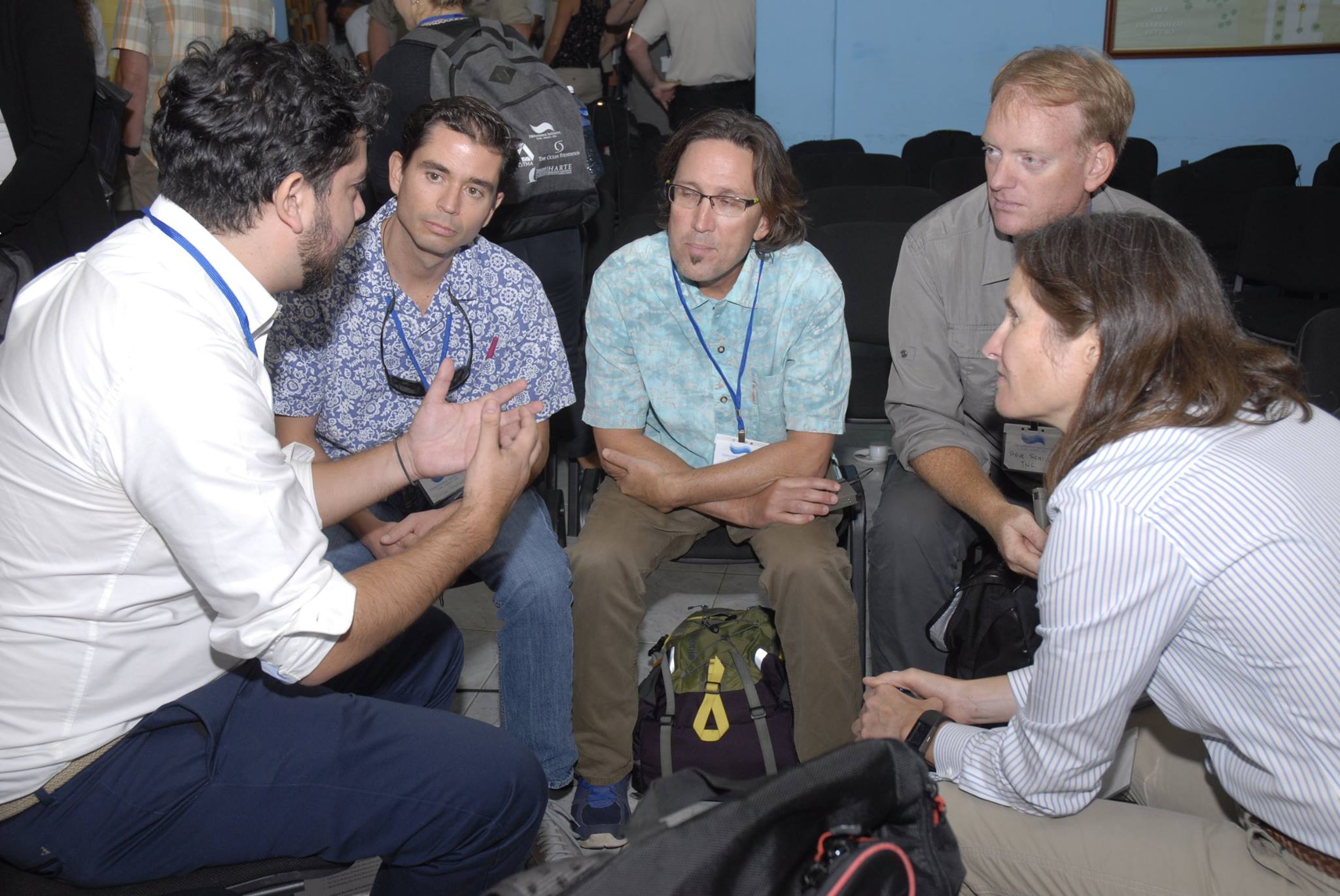
Over the last few years, the members of this Initiative developed a common trinational plan of action related to collaborative and cooperative research on coral reefs, sharks & rays, sea turtles, marine mammals, fisheries, and marine protected areas. Six working groups (one for each research area) were created to further the plan of action. Each group met to share experiences since our last meeting and prepare summaries, which included accomplishments, status, and plans for the future. The overall report was that collaboration and cooperation were increasingly becoming easier due to relaxation of permissions and permits from authorities. However, there remains a substantial inability to share information due to lack of computer resources and Internet in Cuba, and a lack of electronic access to Cuban research data and publications.
Because this meeting is unique in attempting to link conservation to science studies, reports included not only discussion of refuge zones, but also, the prevention of trade or sales of endangered animals. It was nearly universal that there was a need to update the priorities and opportunities reflected in the plan of action in part because it predated the normalization of relations between the US and Cuba. For example, newly eased regulations may enable us to share satellite and other data to create common maps of the Gulf of Mexico that show the unique knowledge of place developed through in each of the three countries. This shared map would, in turn, both demonstrate and illustrate the extent of connectivity across the Gulf. On the flip side, newly eased regulations inspired another topic for discussion: There were numerous references to the potential (in the future) when the US embargo may be lifted, and the potential consequences of dramatic increases in tourism activities, including diving and recreational fishing, are likely to have on the coastal and marine environment.
The sister parks announcement:
The Cuba-US sister parks announcement was made at the “Our Ocean” conference held in Chile in October, 2015. Cuba’s Banco de San Antonio will be sistered with the Flower Garden Banks National Marine Sanctuary. The Guanahacabibes National Park will be sistered with the Florida Keys National Marine Sanctuary. Three people who worked tirelessly to make this happen were Maritza Garcia of the Centro National de Areas Protegidas (Cuba), Billy Causey of NOAA (USA), and Dan Whittle of the Environmental Defense Fund (EDF).
Everyone who was part of this sister parks effort made it clear that it was a natural outcome of our Trinational Initiative. The conversations and introductions that led to this binational negotiation have their origins in the earliest meetings of the Trinational Initiative. The negotiations became more formal following the December 2014 normalization of relations. The formal agreement between the two countries will be signed here at the 10th Congress on Marine Sciences (MarCuba) on November 18, 2015.
As we have seen in previous instances of detente between estranged nations, it is easier to start with areas that the two nations have in common. Thus, just as President Nixon began with water and air quality cooperation with the Soviet Union, the US and Cuba cooperation is starting with the environment, yet with a focus on marine conservation and marine protected areas (hence the sister parks agreement).
Connectivity among the ecosystems and species in the Caribbean is considerable and well-recognized, if still less understood than it might be. This is even more so in looking at that connectivity between Mexico, the US and Cuba. It is long overdue that we manage our human relationship with the coasts and ocean in this region with that connectivity in mind—a process that begins with knowledge and shared understanding. It is a process that began with the earliest meetings of the first scientists and others who came together at the first Trinational Initiative. We are excited that the eighth meeting of the Trinational Initiative is likely to be held in the U.S. We have much to continue to learn from each other, and we look forward to the work ahead.
